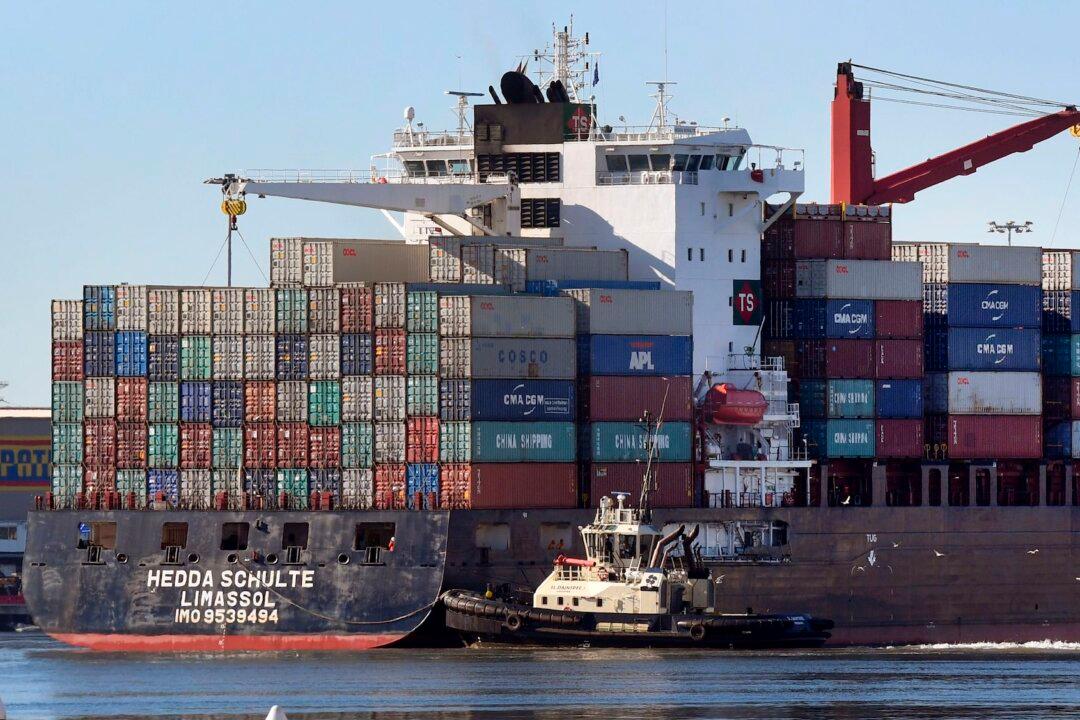Australia’s trade surplus hit a record $16 billion (US$10.9 billion) in May following a hike in coal exports.
The surplus went up by $2.7 billion compared to the previous month and far exceeded market expectations by around $10.5 billion.

Australia’s trade surplus hit a record $16 billion (US$10.9 billion) in May following a hike in coal exports.
The surplus went up by $2.7 billion compared to the previous month and far exceeded market expectations by around $10.5 billion.